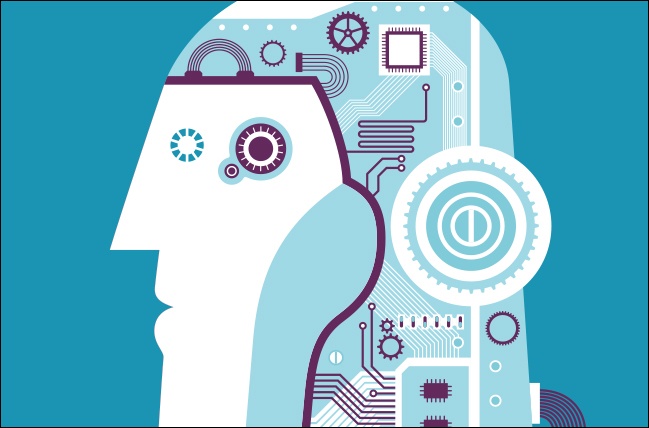Branding
The impact of robots and AI on brand management
The robots aren’t coming. They’re here. And, when it comes to artificial intelligence (AI) and brand management, this is a huge opportunity for brands and the companies that own them to deepen their connections with end users. A lot is being written about the impact robots will have on jobs and how we, as humans, will need to learn to adapt to their role in our world.
By now, we’ve all heard about IBM’s Watson and how it’s helping the health care industry improve everything from performance optimization and consumer engagement to enabling more effective care. But this is only a glimpse of Watson’s capabilities. Recently, I read an article in Adweek about how robotics is changing the face of retail. The article shared examples of how Marchesa enlisted Watson to help co-design a gown, worn by supermodel Karolína Kurková, for the 2016 Met Gala. The “cognitive dress” was embedded with 150 tiny LED lights which changed color throughout the night to reflect social media sentiments based on Watson’s real-time analysis of Twitter.¹ The dress turned rose-colored when followers were joyous, aqua when they were excited, and lavender when they expressed curiosity.
And you’ve probably heard about Amazon Go, Amazon’s 1,800-foot AI-enabled grocery store that opened to the public in Seattle this year. Amazon Go uses an AI mobile app with locational sensors allowing a checkout-free experience. Shoppers simply enter the store, take the products they want and head out! Amazon’s Just Walk Out Technology² charges the shopper’s purchases to their Amazon Go account and sends them a receipt.
Yet this year, Lowe’s will be introducing LoweBots in 11 San Francisco Bay Area stores. LoweBots are equipped with natural-language processors that enable them to respond to customers’ questions. Taking it to an even greater level of personalization, their built-in sensors enable them to “sense” if a person is standing idle, allowing them to engage the shopper in conversation.¹
And have you heard of Milo? Milo is a humanoid robot manufactured by RoboKind, designed to teach social skills to children with autism.³ One of our team members shared a story of how their school district recently unveiled Milo to a group of special ed students. While there were great expectations on the part of the children, they weren’t able to take advantage of Milo’s full potential because the teachers didn’t know how to operate it.
One of my favorite examples of the robot-human convergence is Sprinkles, the cupcake ATM that enables humans to enjoy a custom cupcake (baked and frosted by humans) delivered via ATM to feed their cupcake cravings any time of day or night.
Clearly, we more easily adapt to interacting with some types of robotics than others. Over time, and with repeated exposure, it will become second nature to those who are younger and for those of us who are willing to engage.
This is way beyond CRM, message tailoring and audience segmentation. As brand managers, we are at the apex of creating the customer experience, so this is something we need to understand and embrace.This is about evolving brand and customer experiences to a level of interaction we’ve only seen in sci-fi movies. Design thinking coupled with forward-thinking brand management can and should be at the forefront of designing brand experiences that help humans adapt to robots and AI by enabling a richer, deeper and more meaningful experience between brands and their end users.
Sources:
¹ Lauren Johnson, “The Robots are Here and Shaking up Retail in Big Ways,” Adweek, (January 2, 2017);14 – 17
² Lloyd Alter, “Amazon Go is more than just a grocery story with no checkout,” mnn.com, (December 19, 2016, 2:20pm)
³ Bridget Carey, “Meet Milo, a robot helping kids with autism,” c/net, May 13, 2015, 1:46pm PDT

